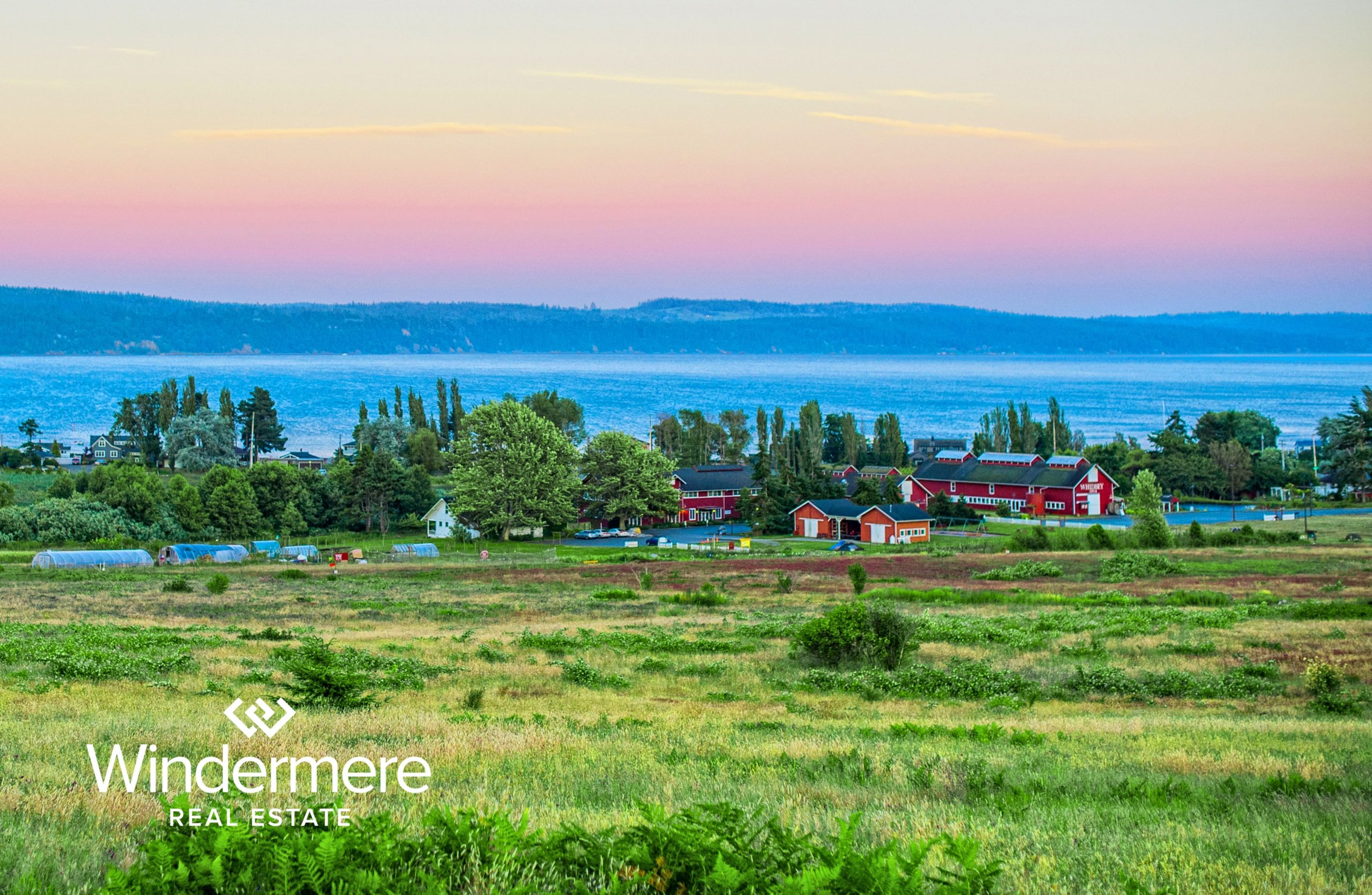Maylor Point
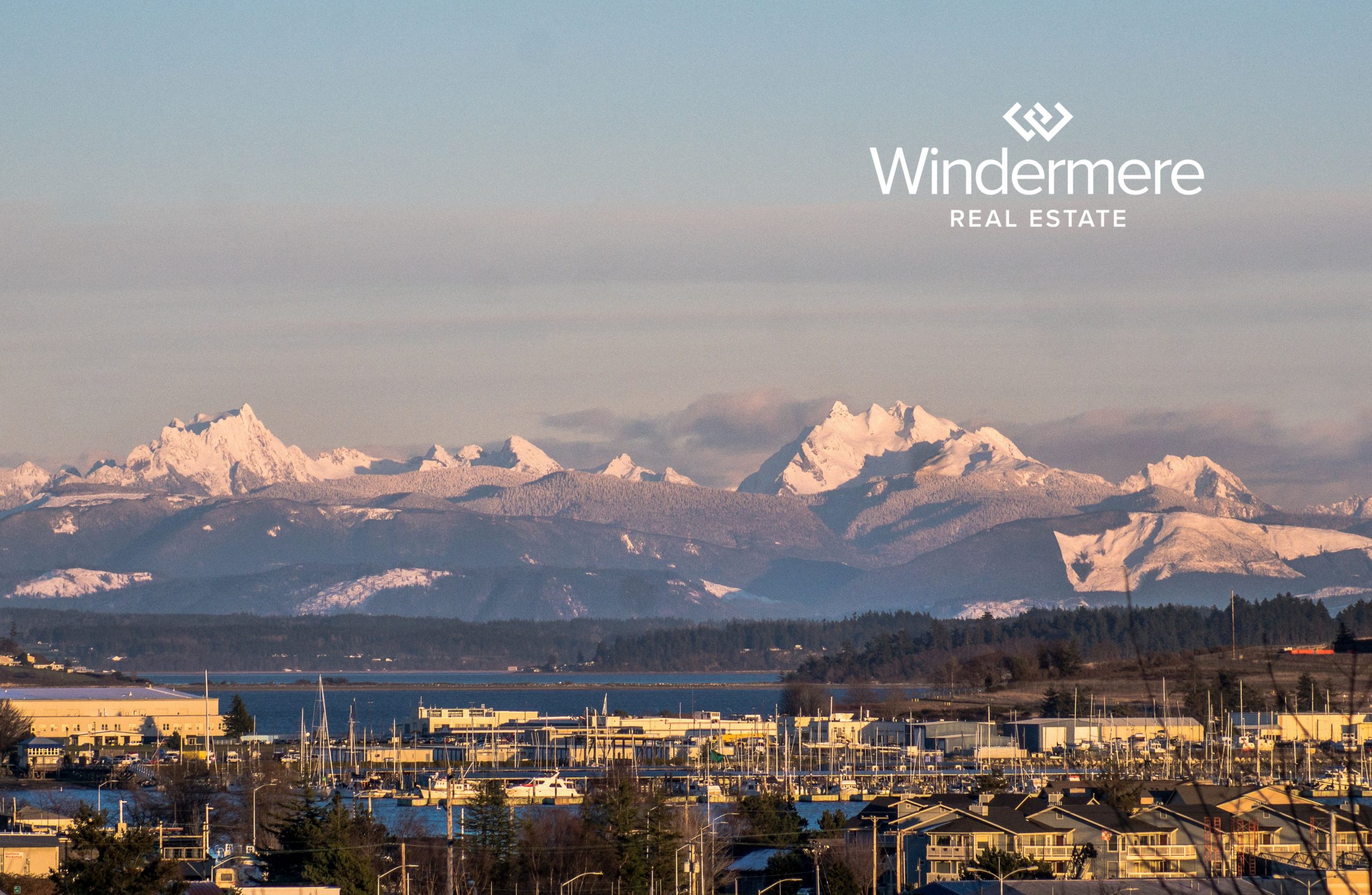
In this amazing shot by Willie Shaw at Team Shaw Photography, you can see the actual harbor of Oak Harbor, the marina, Maylor Point with its iconic white radar dome, the spit to Polnell Point, and the snow-covered Cascade Mountains. Phenomenal views like this one can be seen while driving all over Whidbey Island. Winter makes these vistas even more stunning by providing clear air and snow-capped mountains in every direction. This is just one of the reasons a drive down the length of Whidbey is designated as an official scenic byway called the “Whidbey Scenic Isle Way”.
Ebey’s Landing
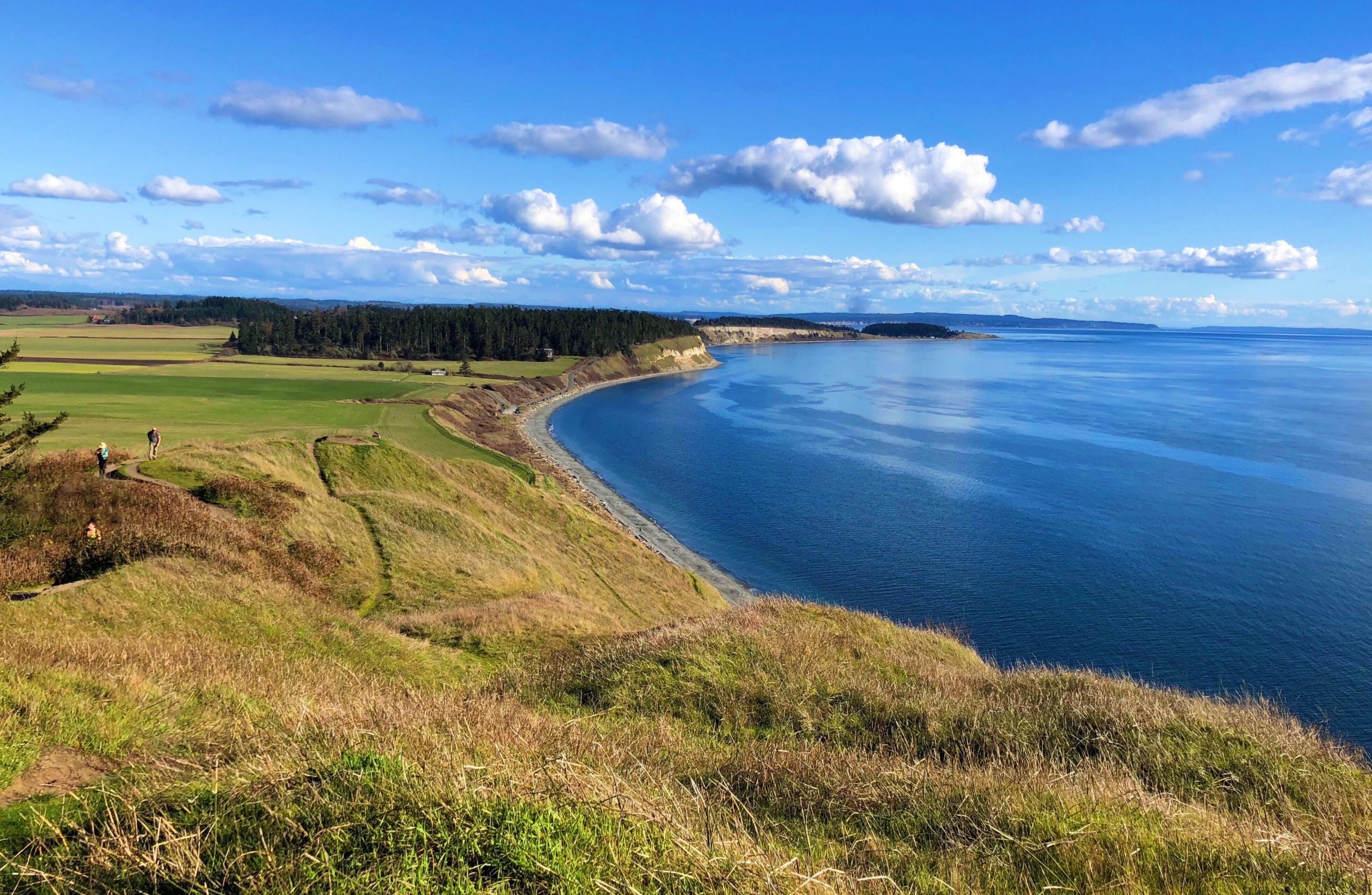
In 1850, local history was made on the shores of Whidbey Island when Isaac Ebey landed on a rocky westside beach and became the first official white settler on the island. With an entire island to choose from, Ebey couldn’t have done much better than the pristine pastureland of what is now known as Ebey’s Landing. This brilliant landscape is situated right at the southwestern side of Coupeville and features breathtaking views of Puget Sound and the Olympic Mountain range. The landing’s soft rolling hills blanketed in rich soil—perfect for cultivating crops—was this area’s true draw to its original settler. Today this landscape remains largely unchanged from the early days of settlers thanks to Ebey’s Landing Reserve. It’s the perfect place for a long walk to get lost in the life of the past.
Fort Casey Forts
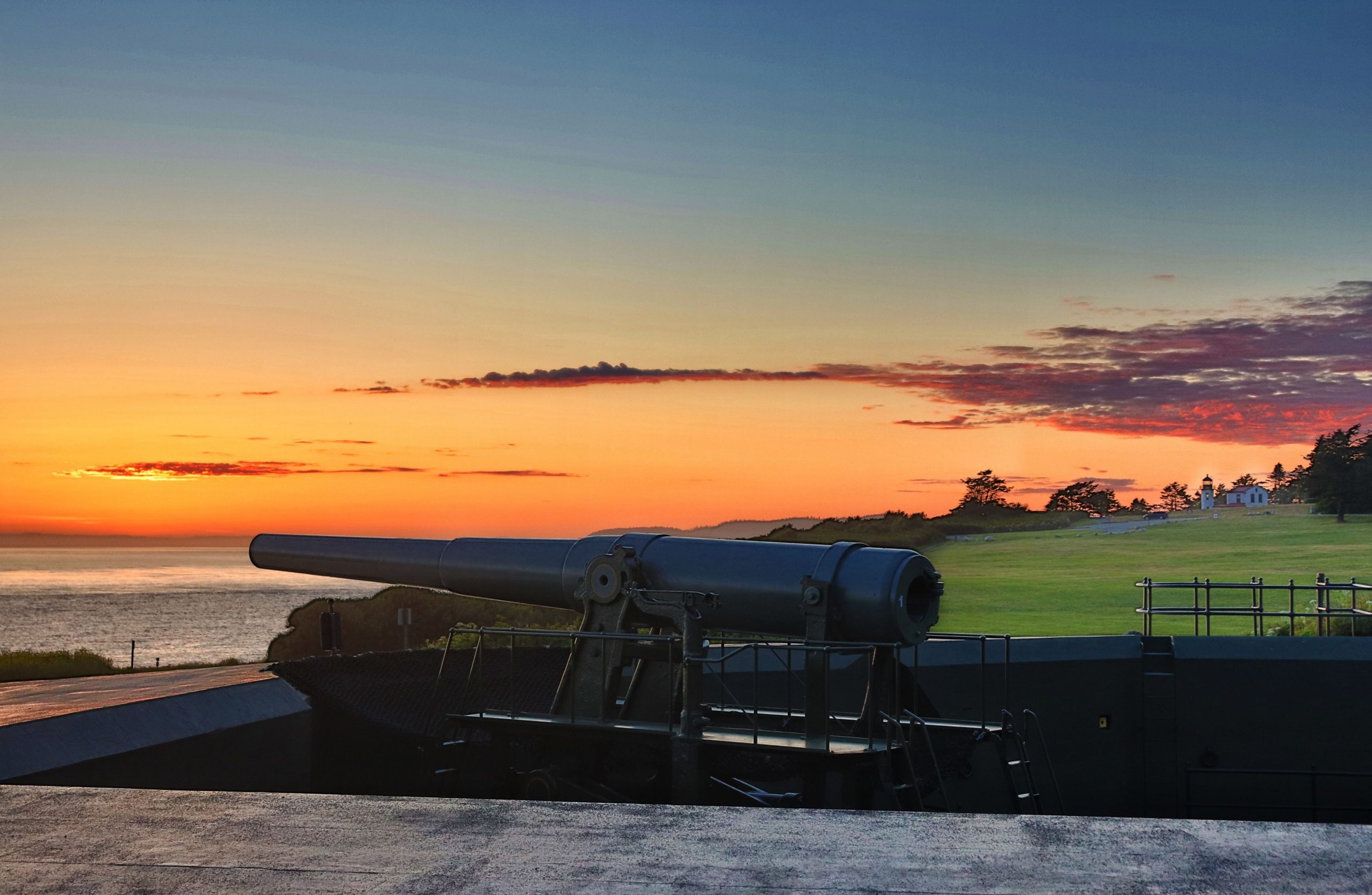
Standing tall along the western coast of Whidbey Island, these 10” barrel guns tell the story of a relationship to the United States Department of Defense that began long before any plane took flight. At the time of its construction in the late 1800s, Fort Casey was a military marvel. Part of the “Triangle of Fire,” this military outpost was one of many strategically placed along the Puget Sound as the first line of defense against aquatic attack. Unfortunately, this magnificent fort’s usefulness was short-lived. By the 1920s Fort Casey’s impressive disappearing guns had already become obsolete and in 1956 the property was purchased by Washington State Parks and Recreation. Today, this fort is one of the most frequented state parks in Washington and a deeply embedded part of Whidbey Island culture.
Check out the rest of Whidbey’s beautiful destinations from this series here.
Langley Village
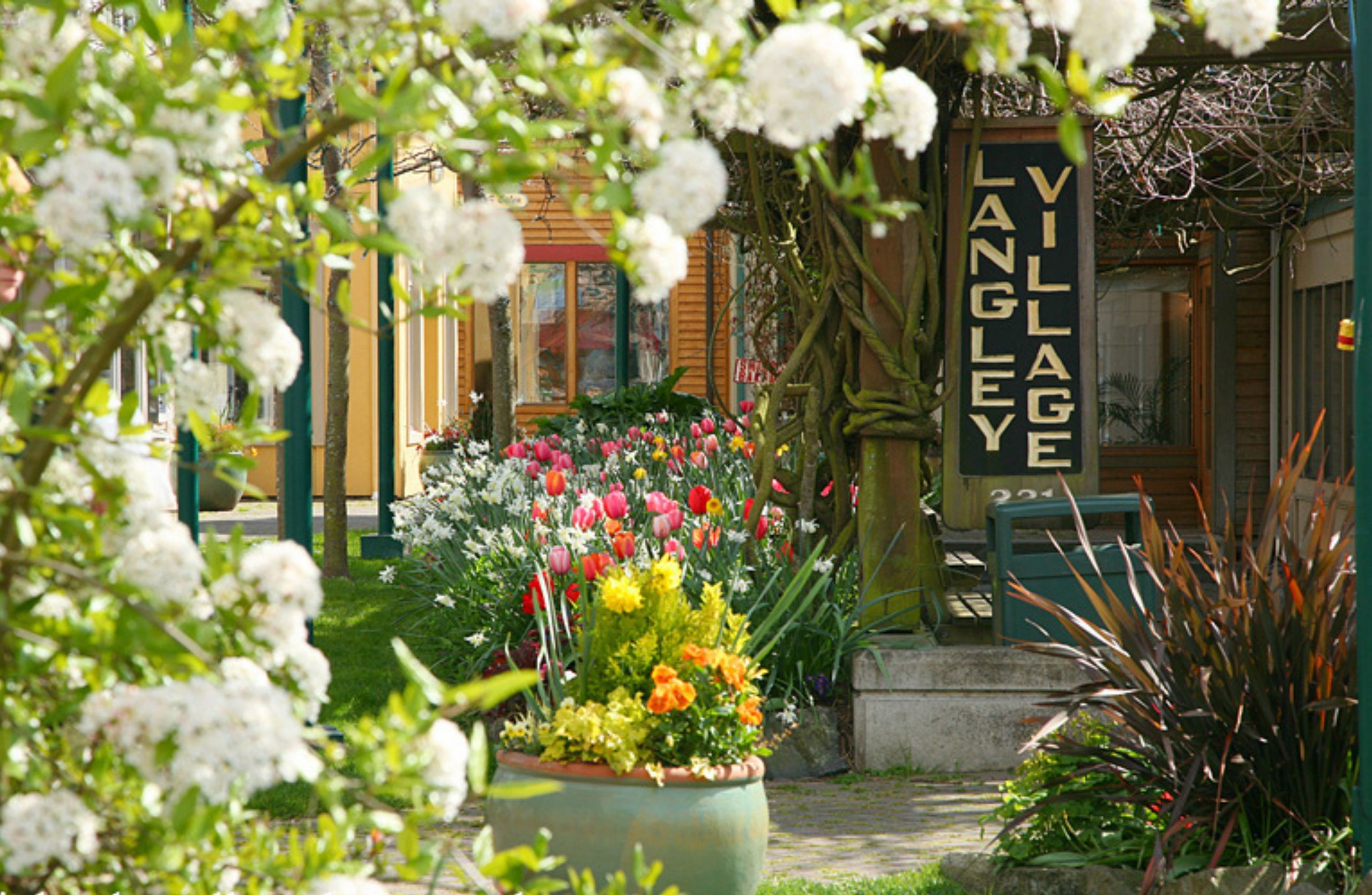
Langley is known for its unique specialty shops and galleries, showcasing amazing local artisan talent. From the lovely greenery of Bayview Farm & Garden to seaside-inspired jewelry and home décor at Foamy Wader, Langley has something for everyone! Want to try your own hand at some specialty art? Visit Callahan’s Firehouse for a cup of espresso and an amazing glass blowing experience catered to all groups and ages. At the end of the meandering plaza of shops pictured in the postcard is Whidbey’s popular ramen restaurant, “Ultra House.” It’s tucked away from the main drag, makes you feel like you landed in Japan, and is one of the most addictive taste sensations on the whole island!
Check out the rest of Whidbey’s beautiful destinations from this series here.
Ebeys Landing
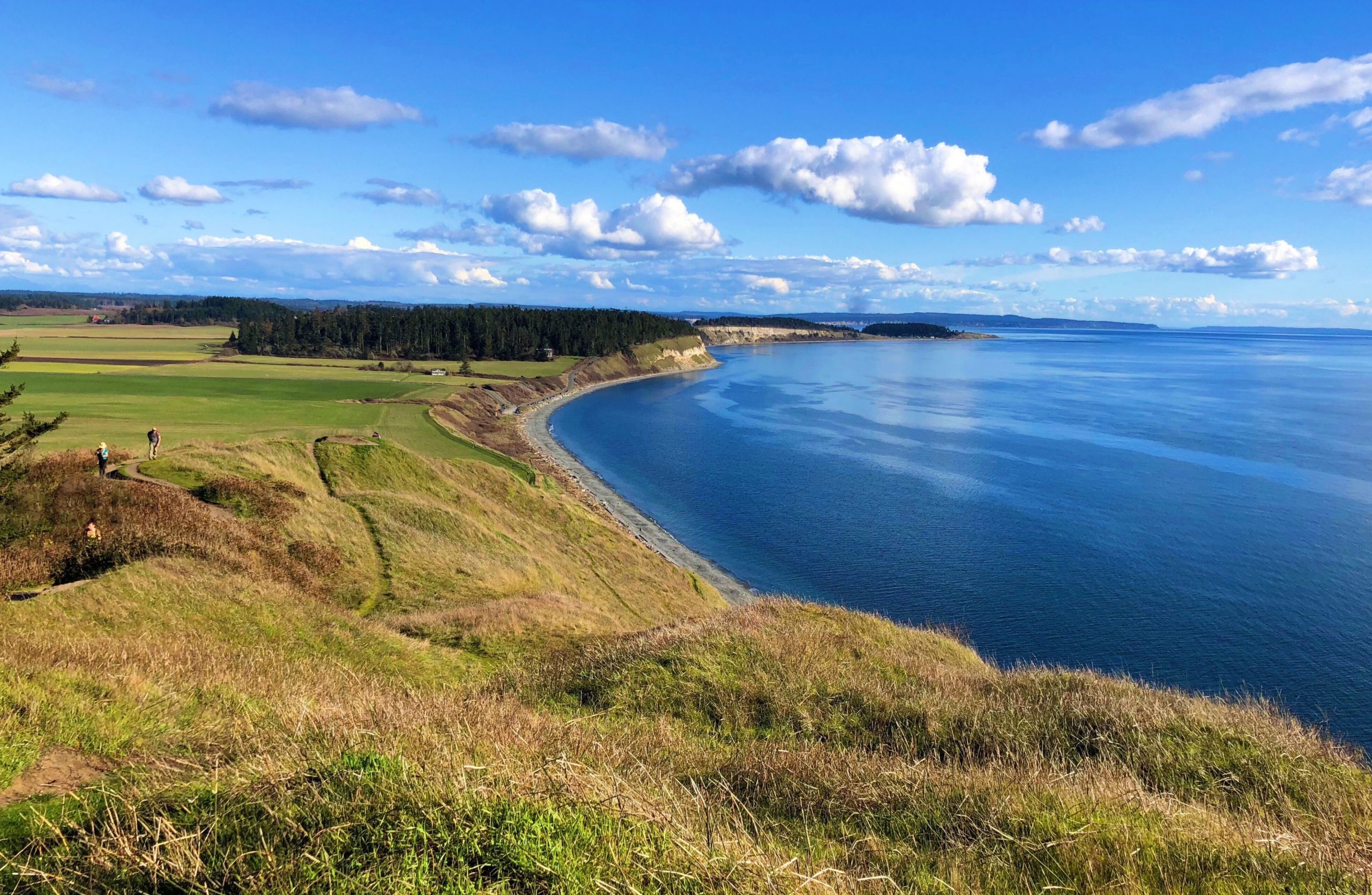
In 1850, local history was made on the shores of Whidbey Island when Isaac Ebey landed on a rocky westside beach and became the first official white settler on the island. With an entire island to choose from, Ebey couldn’t have done much better than the pristine pastureland of what is now known as Ebey’s Landing. This brilliant landscape is situated right at the southwestern side of Coupeville and features breathtaking views of Puget Sound and the Olympic Mountain range. The landing’s soft rolling hills blanketed in rich soil—perfect for cultivating crops—was this area’s true draw to its original settler. Today this landscape remains largely unchanged from the early days of settlers thanks to Ebey’s Landing Reserve. It’s the perfect place for a long walk to get lost in the life of the past.
Check out the rest of Whidbey’s beautiful destinations from this series here.
Downtown Langley
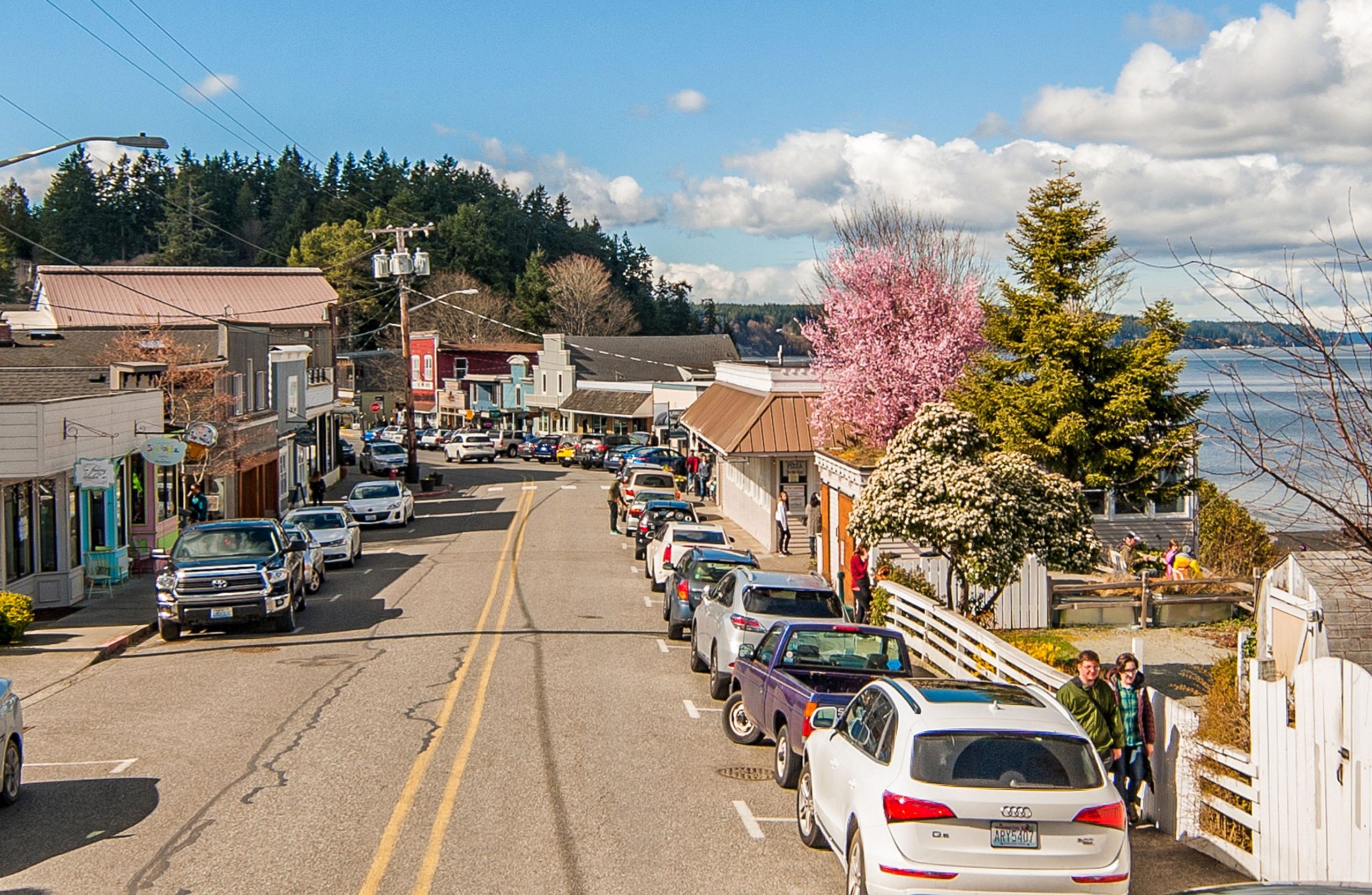
On the southern side of Whidbey Island along the Saratoga Passage lies the lovely little town of Langley. With a population of just over 1,000, this quaint town is home to a creative culture and endless entertainment.
Established in 1891, Langley served as South Whidbey’s trading center for all types of goods with the wharf connecting Island merchants to Everett and Seattle. In the 60s and 70s, that same wharf brought in a wave of hippies who would forever shift the culture of South Whidbey. Although the Langley docks no longer see the traffic they once did, downtown is filled with remnants of the original trades-town married beautifully with the artistic culture of the mid-century hippies.
Enjoy browsing the Star Store, grabbing a cup of coffee from Useless Bay Coffee Co., or watching a film at the Clyde Theater.
Check out the rest of Whidbey’s beautiful destinations from this series here.
Bowman Bay
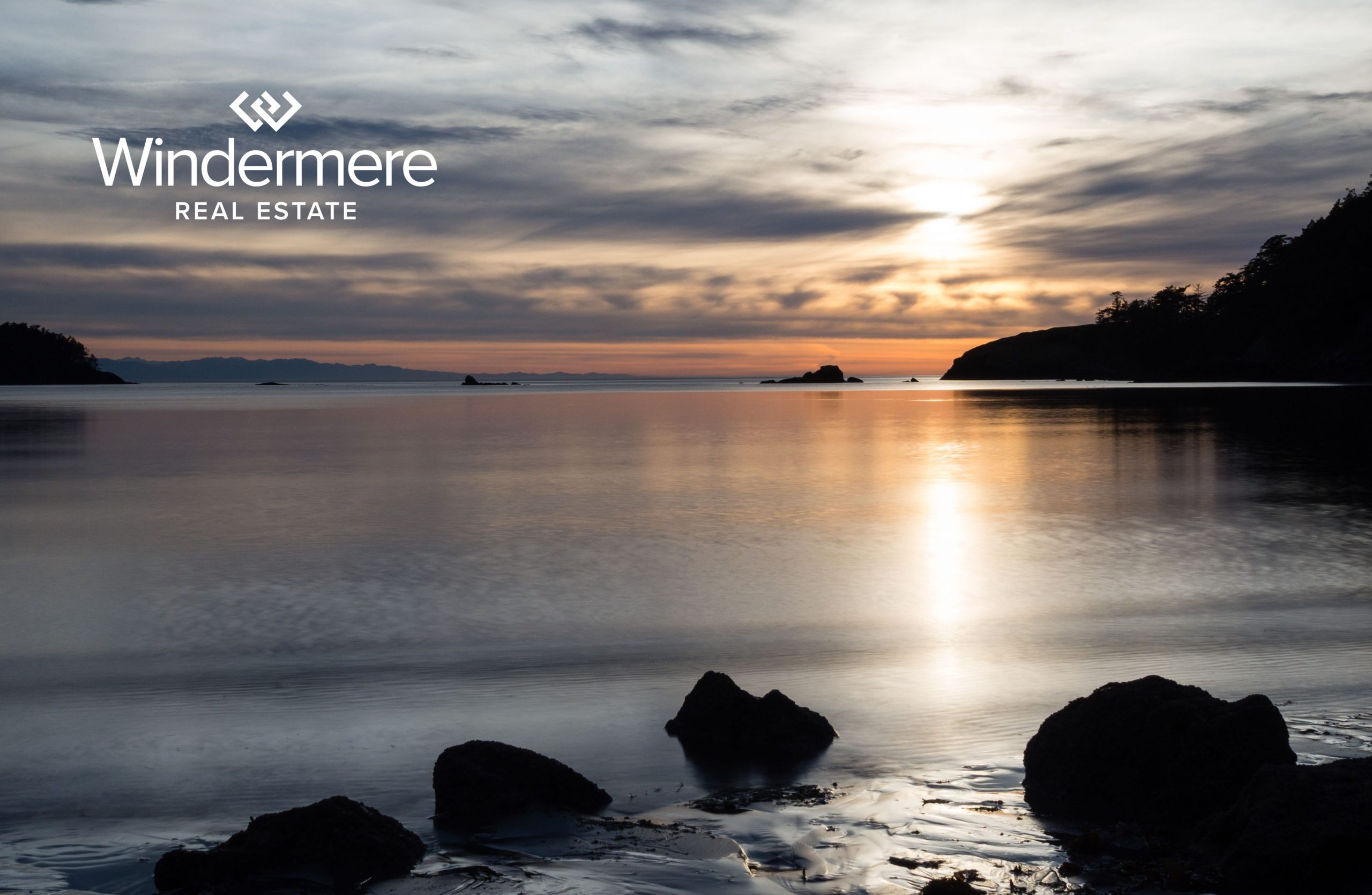
Although not technically on Whidbey, Bowman Bay is a large part of our island’s local culture. This bay, which is located on the Fidalgo Island side of Deception Pass, has a rich history spanning back to the late 1800s. Originally a settlement to a large Samish village, the bay has since served several purposes including a military reserve and salmon hatchery. Download the CCC Scavenger Hunt for a fun way to learn some history! Between the charming old hatchery building, long dock stretching into the bay, boat launch, picnic shelters, playground, and scenic surrounding trails that provide unique views of the bridge itself, this park is one you do not want to miss! Learn more about Bowman Bay here.
Check out the rest of Whidbey’s beautiful destinations from this series here.
Crockett Blockhouse
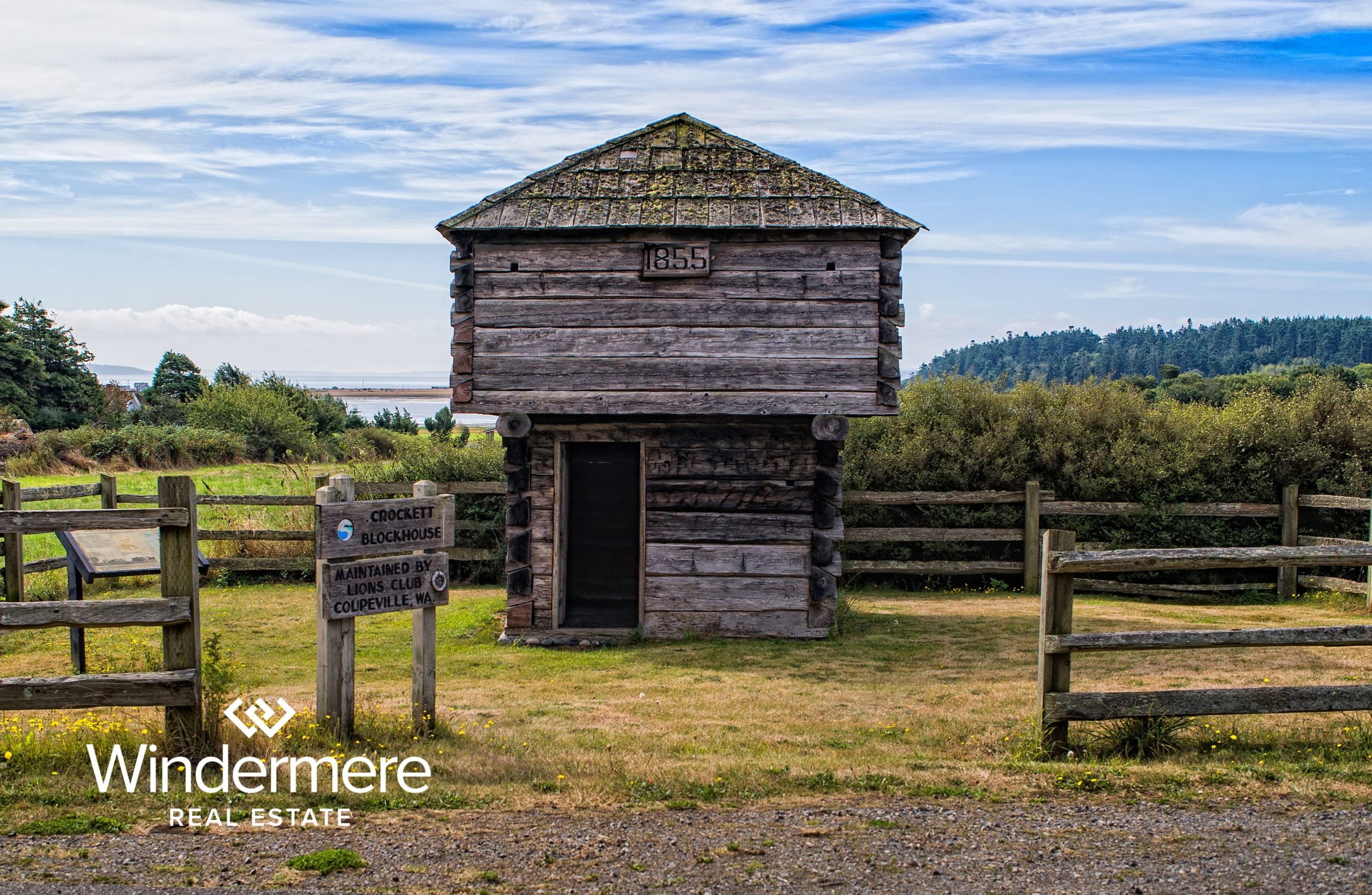
In the late 1850’s, word of the Indian Wars came to Whidbey Island encouraging settlers to construct blockhouses as an effort to protect their families and land. After several other blockhouses were built by other settlers Col. Walter Crockett built his own in 1857. These houses were small two-story buildings built with logs placed horizontally parallel to each other. The top story was considerably larger than the bottom with numerous gun ports to provide visual access from all directions.
Luckily, no war or invasion ever transpired and the blockhouses were never used for their intended purposes. Many became storage locations for goods and one even became a law office. Over the years many were repaired and transformed into historic monuments.
Today, the Crockett blockhouse is one of four that remain part of the Ebey’s Landing National Historic Reserve and have been maintained to preserve this piece of history.
Check out the rest of Whidbey’s beautiful destinations from this series here.
Coupeville Wharf
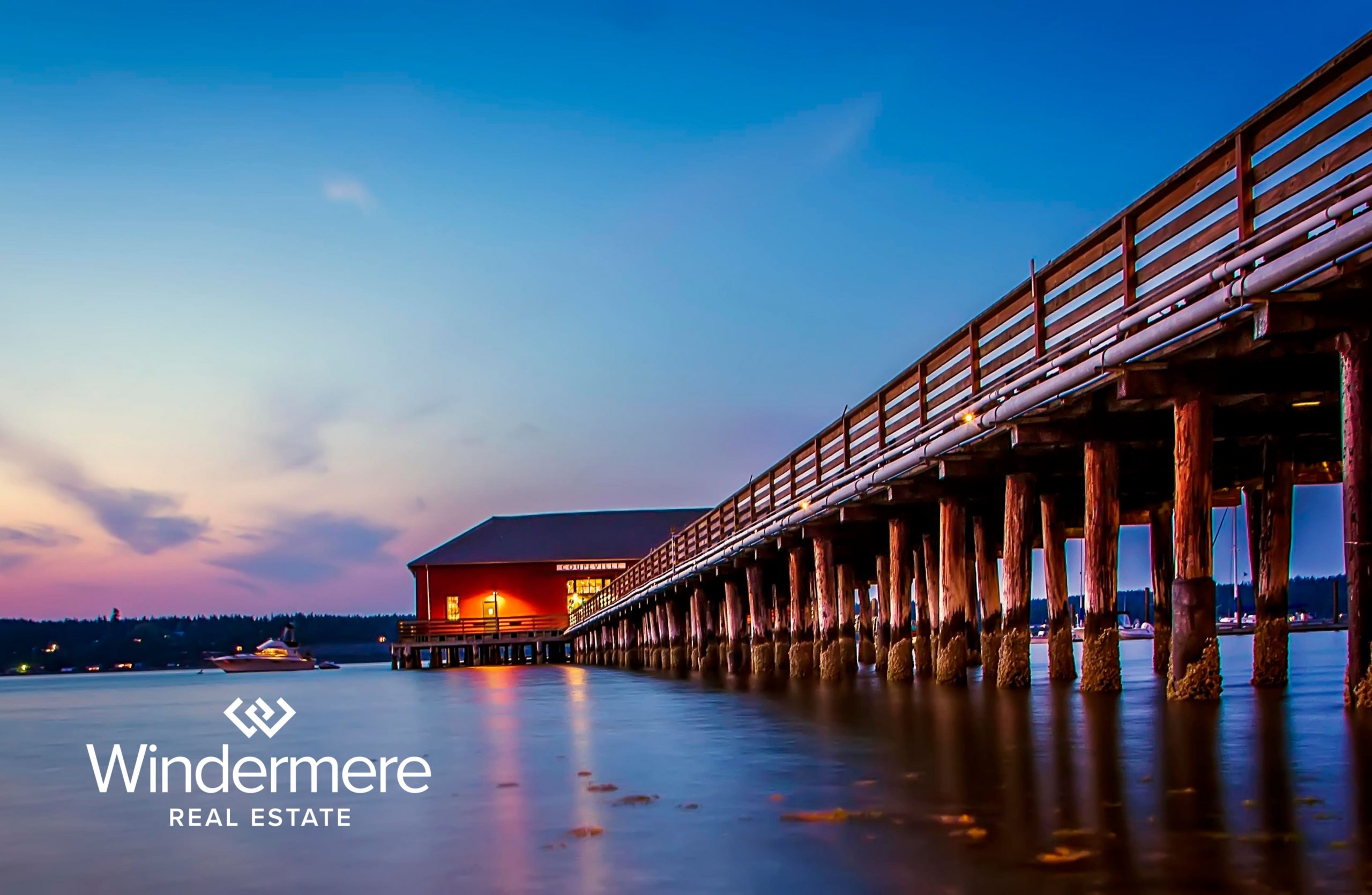
Several small wharfs once reached into Penn Cove only able to be used during very high tide. In 1905 the Coupeville Wharf was built, extending 500 feet to accommodate the increase in commerce due to the activation of Fort Casey. Often referred to as the “Old Grain Wharf”, had an important job to do. It was the key to the distribution and storage of grain grown on our local farms, as well as, bringing goods to the island.
Today, the wharf is home to a gift shop, restaurant, coffee shop, restrooms, naturalist display, kayak rentals, and more! It can be a long 500-foot walk to the end, but chances are high of seeing an eagle, fish, jellyfish, sea star, or sea anemones in addition to beautiful water and mountain views. Kayakers and boaters love making a stop at the Coupeville Wharf. It is a picturesque icon and hopefully, it will stay that way for another 100+ years!
Check out the rest of Whidbey’s beautiful destinations from this series here.

 Facebook
Facebook
 X
X
 Pinterest
Pinterest
 Copy Link
Copy Link

